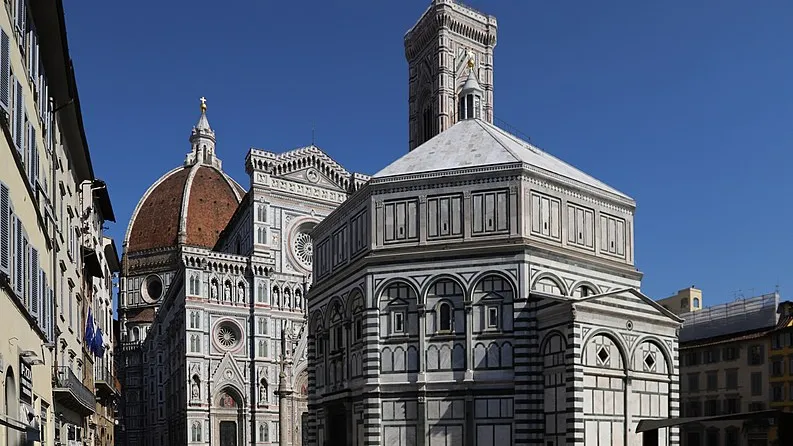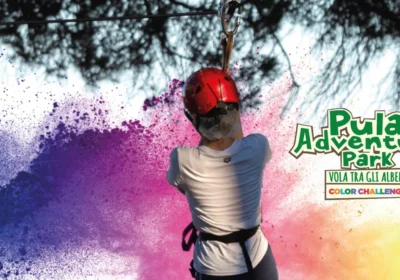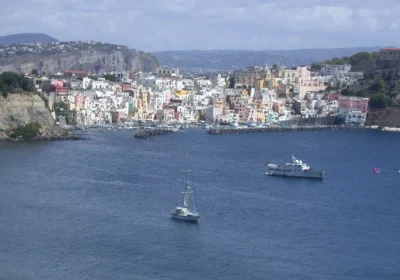“Renaissance Architecture in Florence.”
After the Black Death, the least affected and accumulated power were the noble families, the strongest of which was the Medici family, which became the political head of Florence and established a hereditary line of rulers spanning centuries.
The Medici were patrons of the arts and commissioned works from many famous artists, which in turn fuelled one of the greatest artistic movements in history, the Renaissance.
Many of the earliest examples of the Renaissance style were built by Florentine artists, beginning in the 15th century.
Early Renaissance artists such as Lorenzo Ghiberti (1378-1455), Donatello (1386-1466), and Filippo Brunelleschi (1377-1446) began to emerge. In 1487, Vitruvius’s ancient texts were among the first books printed and were responsible for the revival of the classical style – architecture became more than an extension of the practical tradition passed down through the Masonic lodges, and took on dimension as a literary idea.
The Renaissance style emphasised symmetry, proportion and geometry and was inspired by the orderly arrangement of columns, pilasters, lintels and semicircular arches seen in Roman buildings, which replaced the more complex proportional systems and irregular facades of medieval buildings.
A fine example of early Renaissance architecture in Florence is the Dome of Florence Cathedral, built by Filippo Brunelleschi.
He used a Gothic pointed arch cross-section instead of a semi-circular one and reduced its own load, creating a double-hulled structure similar to that of a pantheon, placing the dome at the highest point in the historic city centre.
Today, Florence Cathedral is surrounded by the Piazza del Duomo, one of the city’s busiest public spaces. The cathedral is so important and influential that it was one of the first buildings to be designated a UNESCO World Heritage Site in 1982, along with the rest of Florence’s historic centre.
The Renaissance reached its peak in the 1500s.Legendary artists such as Michelangelo (1475-1564), Leonardo da Vinci (1452-1519) and Raphael (1483-1520) began to receive commissions from Florence’s wealthy patrons.
You can learn not only about the basic elements of Renaissance architecture, through examples of the city’s palaces and churches, but also about the architects of these magnificent works.

















